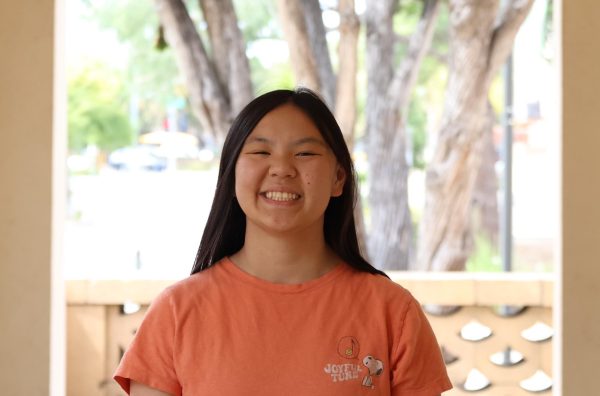To identify and address youth mental health service gaps in Palo Alto, Mayor Greer Stone has announced the creation of a youth mental health task force.
The first meeting of the Youth Wellbeing & Mental Health Taskforce meeting was on Jan. 29.
Stone said the first meeting served as a kickoff to the task force.
“We’re hoping to have a recommendation from the task force by April in order to be able to meet the deadline to have any recommendations included in next year’s city budget,” Stone said.
Board Trustee Shana Segal said she decided to join the task force to increase the number of safe spaces for teens.
“But by partnering with the city, I’m hoping we can find more ways for youth to have a sense of belonging,” Segal said.
As a parent, Segal said she recognizes the need for early mental health resources.
“I’m an advocate for early intervention, whether it’s academics or mental health, and so I’m really pleased that all of the elementary schools have a therapist because it is clear that we need to be addressing concerns early so that by the time students get to middle school, they have tools in the toolkit and bigger issues have been addressed in elementary schools,” Segal said.
Segal also said the task force wants to bring more awareness to already existing resources.
“It seems like (resources are) underutilized,” Segal said. “And so how do we make it either more accessible or more of a desirable place for kids to hang out?”
Stone said the group also hopes to bring together Palo Alto’s nonprofits, medical experts, parents and students to collectively improve mental health.
The task force is also made up of one student representative from Paly, Gunn, and Castilleja.
Stone said he chose Palo Alto High School’s student representative, Brendan Giang, based on Stone’s past experience with him.
“(I) had been very impressed with him as a student leader, and he has brought a lot of really great ideas,” Stone said.
According to Giang, the task force wants to discover underlying causes of poor youth mental health.
“We really want to look at what’s the root cause of this problem. What can we do to support these kids but also figure out what’s causing the depression or anxiety or other mental health issues,” Giang said.
Ella Bishop, president of the Bring Change to Mind club, which is focused on supporting student mental health, said she hopes that the task force will receive more student input and involvement.
“I really hope that they actively work with the actual students and do outreach at Paly and Gunn to see what the students are looking for and see what we need,” Bishop said.
According to Stone, the task force has no intent to increase the number of student representatives on it due to concerns about inefficiency.
“There is no intent to add any additional student representatives at this time,” Stone wrote. “The more participants we include the less time each member gets to share their views and add to the discussion. In my experience meetings with over 15 members tend to be inefficient and struggle to find solutions.”
Bishop said a main stressor for Palo Alto students is academic pressure.
“There’s no clear way to pin what is the cause of someone’s mental health issues because it is so versatile and variable,” Bishop said.“But the pure academic pressures that we face as students ramps up junior and senior year. There’s always that academic competition, and that is just a weight on everyone’s shoulders.”
Stone said his experiences as both a student and a teacher in PAUSD schools have aided him in tackling mental health.
Stone said,“Seeing the firsthand impact of the of the stressors that I think are really unique in Silicon Valley, and are especially present in Palo Alto schools, (I) wanted to make sure that we’re doing everything that we can to be able to address these concerns.”


